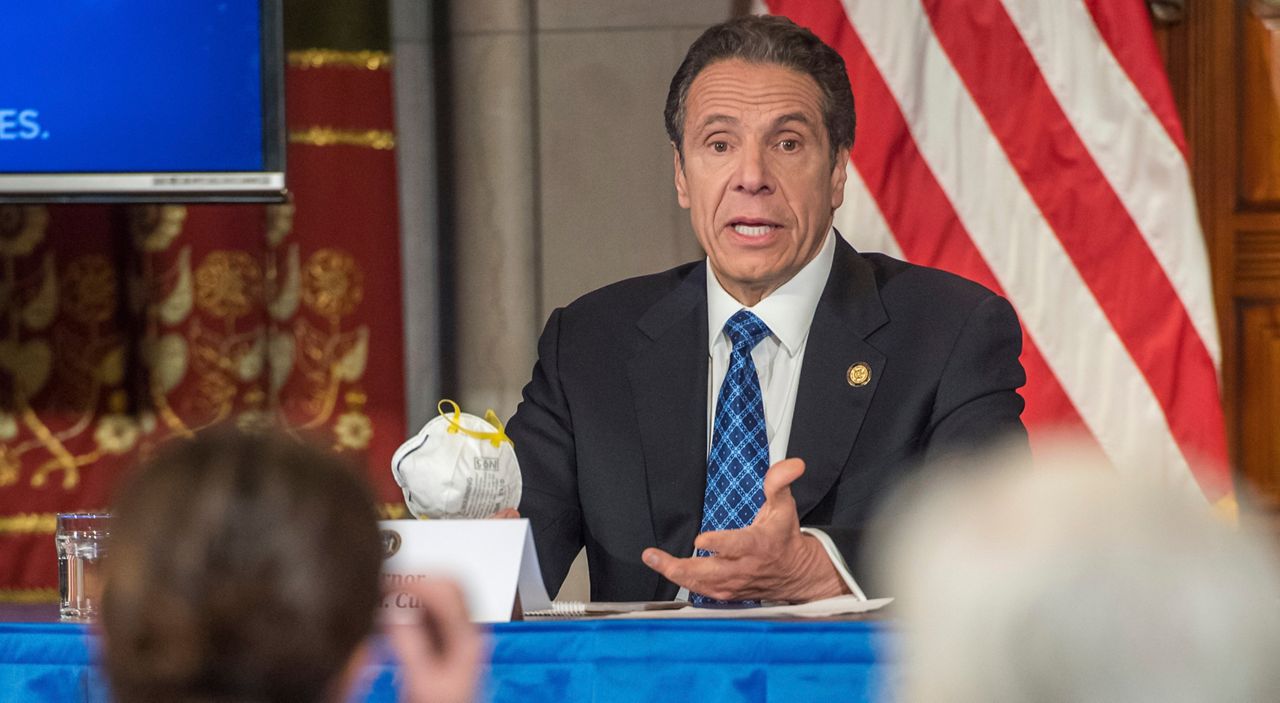State officials in March were working to develop a plan for containing one of the first major outbreaks of the coronavirus in the United States.
The epicenter was in New Rochelle, where a man became one of the first "super spreaders" in the country. Among the issues: Trying to convince a doctor infected with COVID-19 to close his office and whether a country club could still host a wedding that upcoming weekend.
These concerns seem relatively quaint and tame nine months into the coronavirus pandemic. But for Gov. Andrew Cuomo, the New Rochelle outbreak was the first test in what would lead to a national and world spotlight shone on his handling of the outbreak in New York.
Cuomo detailed the early days of the pandemic in his book, "American Crisis: Leadership Lessons from the COVID-19 Pandemic," due out on Tuesday. An excerpt was obtained by Spectrum News this weekend.
Cuomo writes in the book about the efforts to convince local officials and schools to begin a process of closing down to prevent further spread of the virus in New Rochelle.
"What really stood out was that no one thought the outbreak itself was a big deal," Cuomo writes. "So a few people got the bug, why shut everything down? It was the first manifestation of the disconnect people had about the threat. I realized we were going to have to make some incredibly tough decisions and work vigilantly to achieve public support for them."
The New Rochelle story in March is especially illuminating for Cuomo given the issues New York faces now in October: A rise in cases in parts of the Hudson Valley, the Southern Tier, and Brooklyn and Queens. Some of these areas overlap with Orthodox Jewish communities, which have protested the new restrictions on religious gatherings and calls for more aggressive enforcement of mask wearing.
In New Rochelle last March, Cuomo had to convince Jewish leaders the virus, not their community, was the target.
"The pushback was fierce," Cuomo writes in the book. "The Orthodox community didn't want to shut their schools, and they felt discriminated against. They were a sizable political constituency and the local officials were intimidated."
Cuomo also faced communications challenges during these early days. He writes a Democratic member of the Assembly came to his office to demand a meeting, only to watch the press conference in person "and scowled at me."
And Cuomo writes that he learned some communications lessons ahead of what would become a streak of closely watched briefings on the spread of the virus in New York.
The concern: Calling the one-mile radius around New Rochelle "a containment zone." The containment was meant to be the virus.
"But the term was misunderstood, and I soon realized that a poorly worded phrase was very dangerous," he writes. "The quick escalation from mild concern to high anxiety surprised even me."
This, Cuomo said, was his "first major communications mistake" of the crisis -- and he did not want to make anymore.



